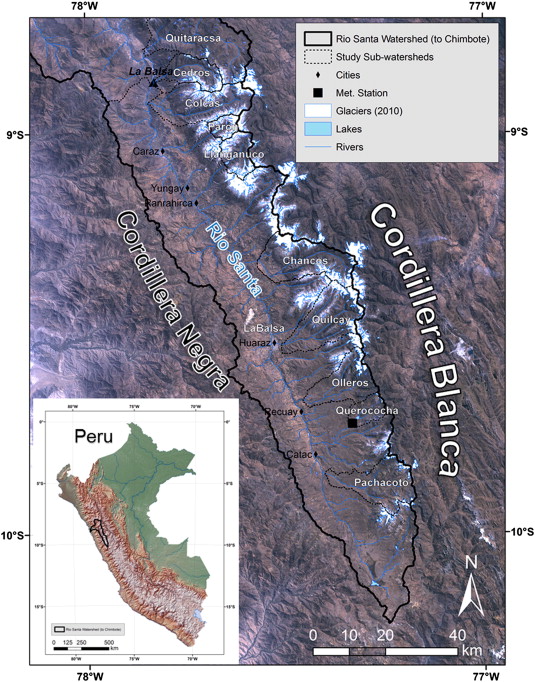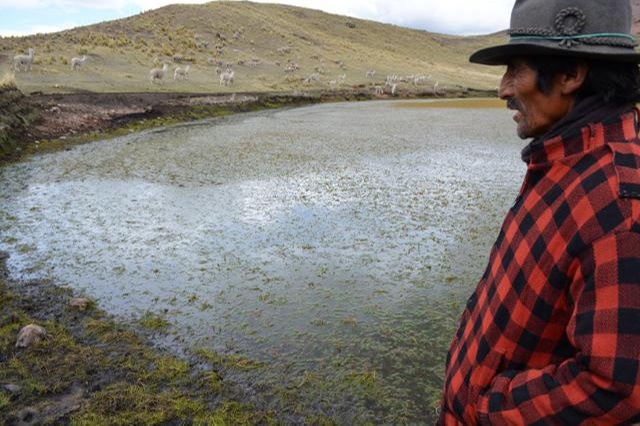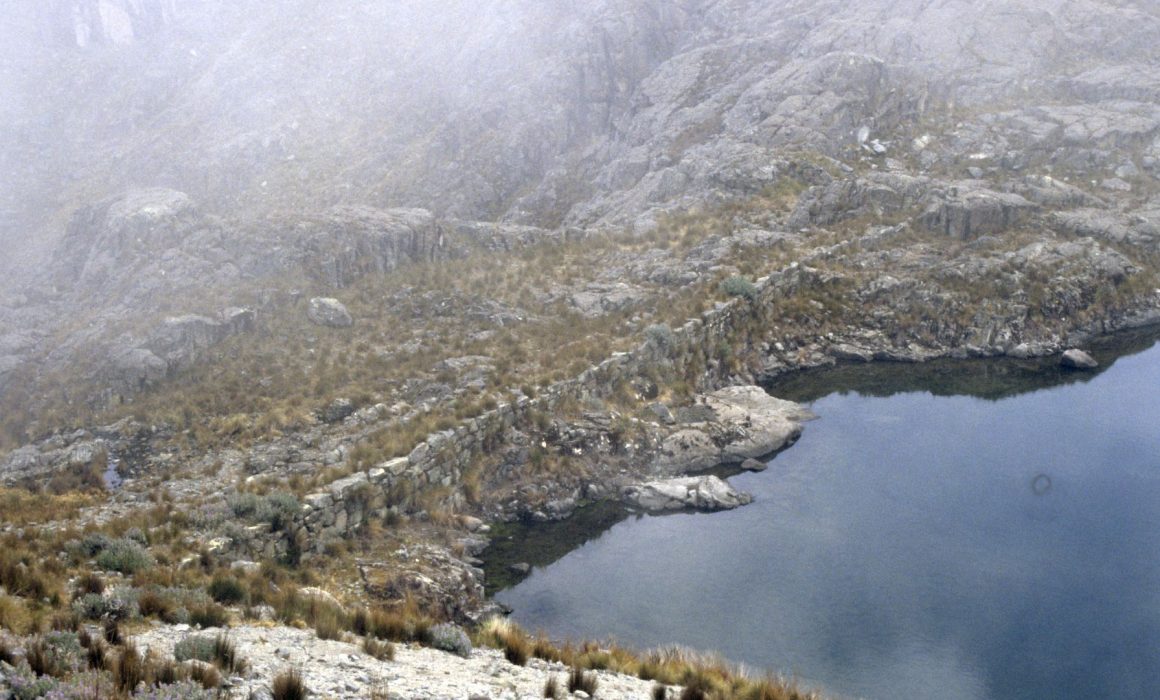Si stanno sciogliendo i ghiacciai delle Ande — Glaciers in the Andes are melting


La superficie dei ghiacciai delle Ande si è ridotta del 25 per cento in poco più di vent’anni a causa del cambiamento climatico. Ne soffre l’agricoltura della Cordillera Blanca che nei mesi di siccità utilizza l’acqua dei ghiacciai per l’irrigazione e di conseguenza per le 250mila persone che abitano le montagne. Dopo l’insuccesso di un progetto idrico complesso, si sta provando a integrare le antiche dighe abbandonate sulla Cordillera Negra, dove non ci sono ghiacciai, con i sistemi idrici contemporanei. Le Ande sono la più grande catena montuosa nel mondo e provvedono al sostentamento di 160 milioni di persone in sette paesi.
GHIACCIAI NELLE ANDE studio di Patrick Burns e Anne W. Noline #tempodacqua #thetimeofwater
The surface of the Andes glaciers has shrunk by 25 percent in just over twenty years due to climate change. This is causing significant suffering for the agriculture of the Cordillera Blanca which in the months of drought used the water of the glaciers for irrigation and consequently for the 250 thousand people who live in the mountains. A very complex water supply project did not work. Now they are trying to integrate the ancient abandoned dams on the Cordillera Negra, where there are no glaciers, with contemporary water systems. The Andes are the largest mountain range in the world and provide for the livelihood of 160 million people in seven countries.
Over the past few decades there has been an increasing interest in building micro-dams across the whole of the Cordillera Negra, North-Central Andes, Peru. Given the difficulties in maintaining a regular flow of water, especially during the dry season, it is a logical response to a pressing need. Indigenous skill and landscape knowhow informed the selection of sites for damming. Modern engineers have followed their lead, such that present-day micro-dams often occupy the same space as the prehispanic ones. Aside from the obvious destruction of cultural heritage – usually without a proper archaeological survey – there is one other problem with this policy: not all the old dams which are now being reconstructed were built for retaining just water. For more information read here


